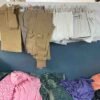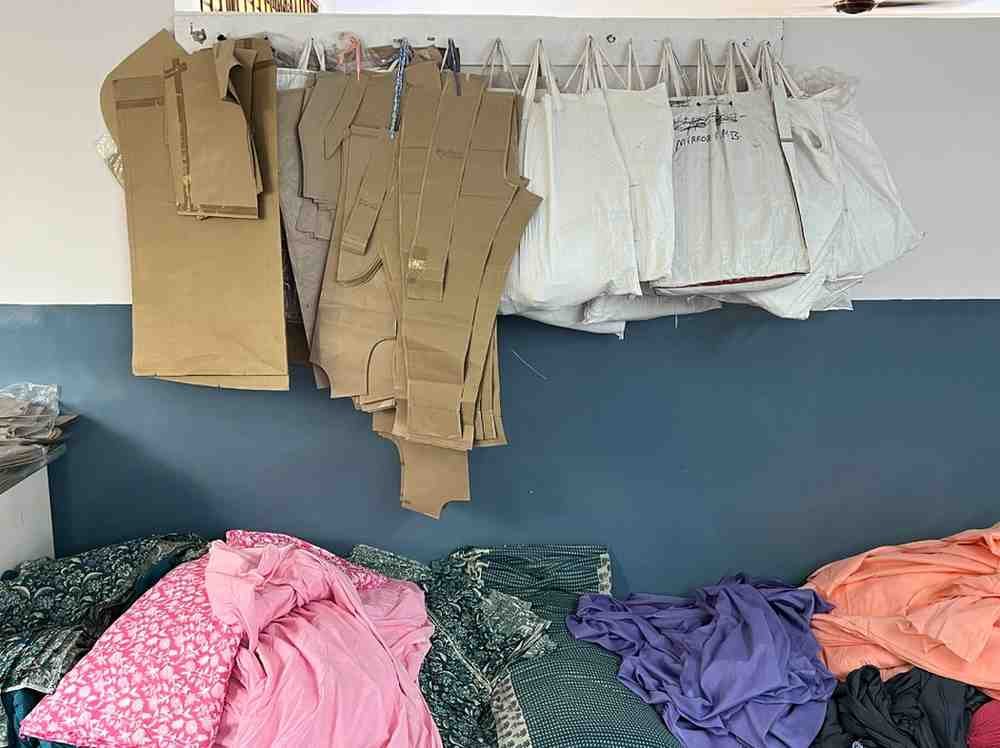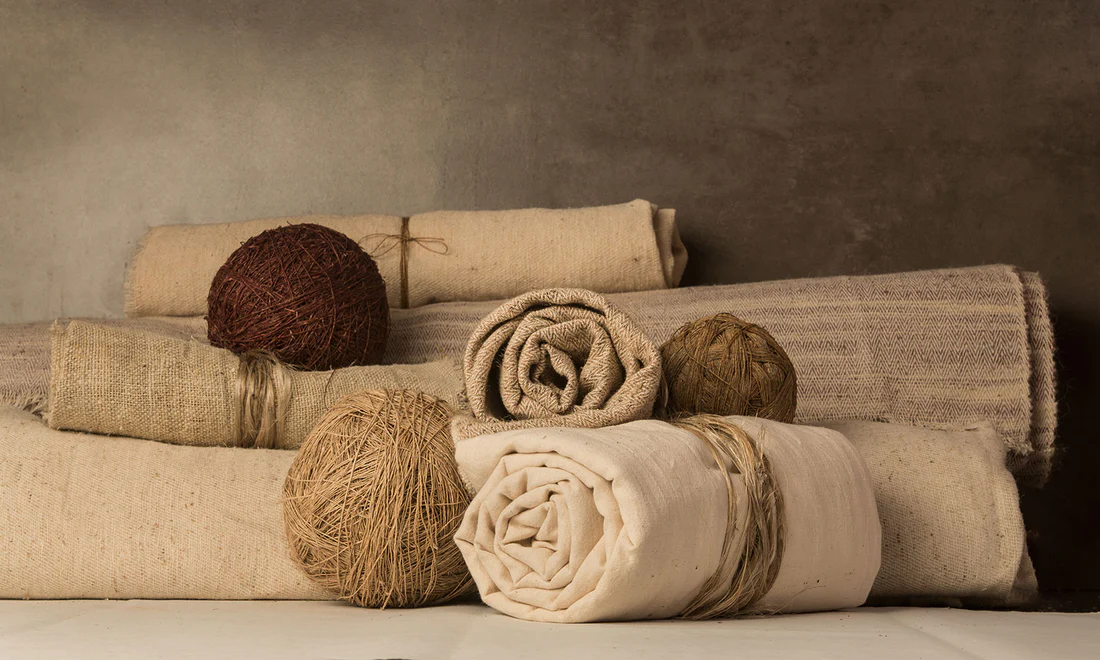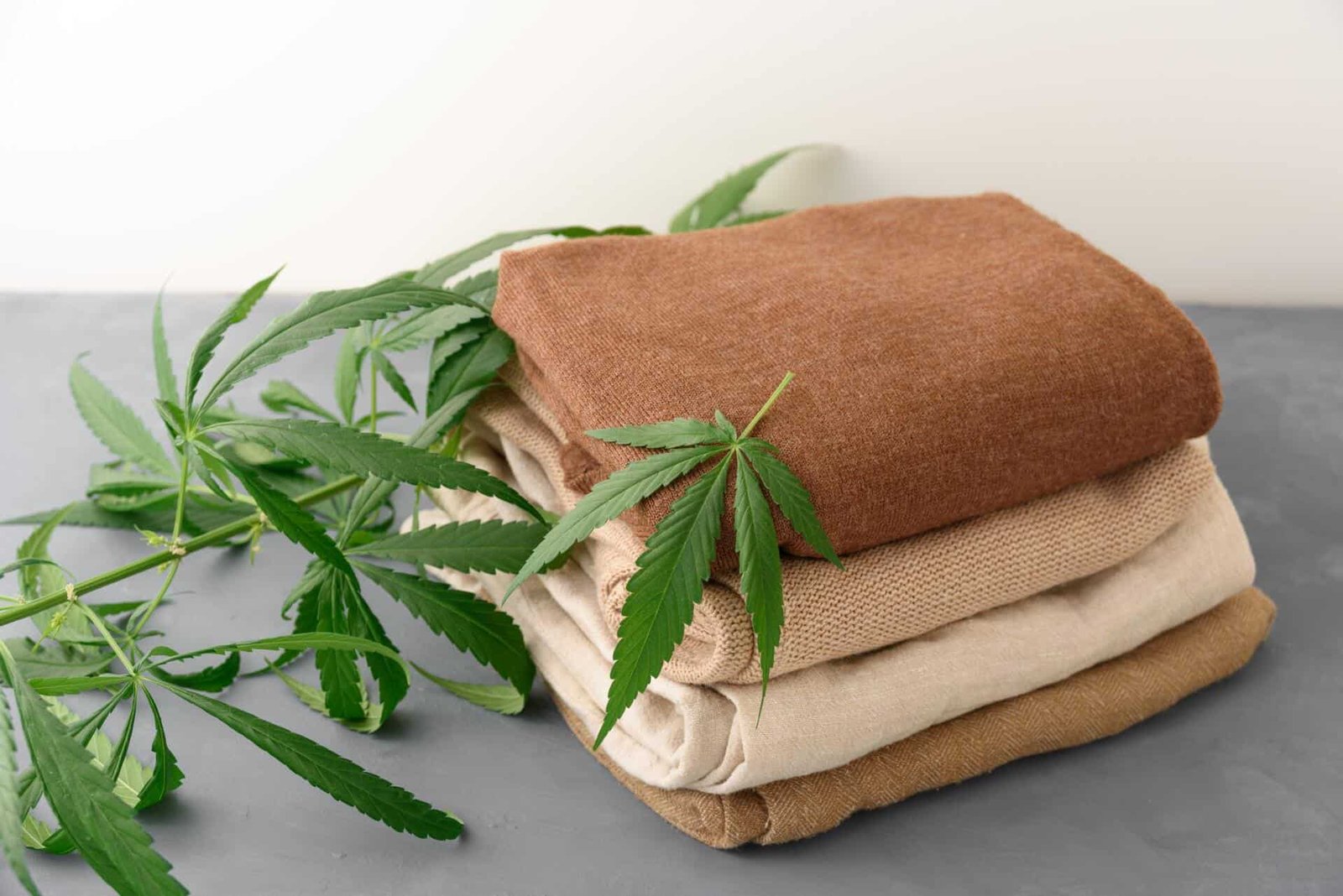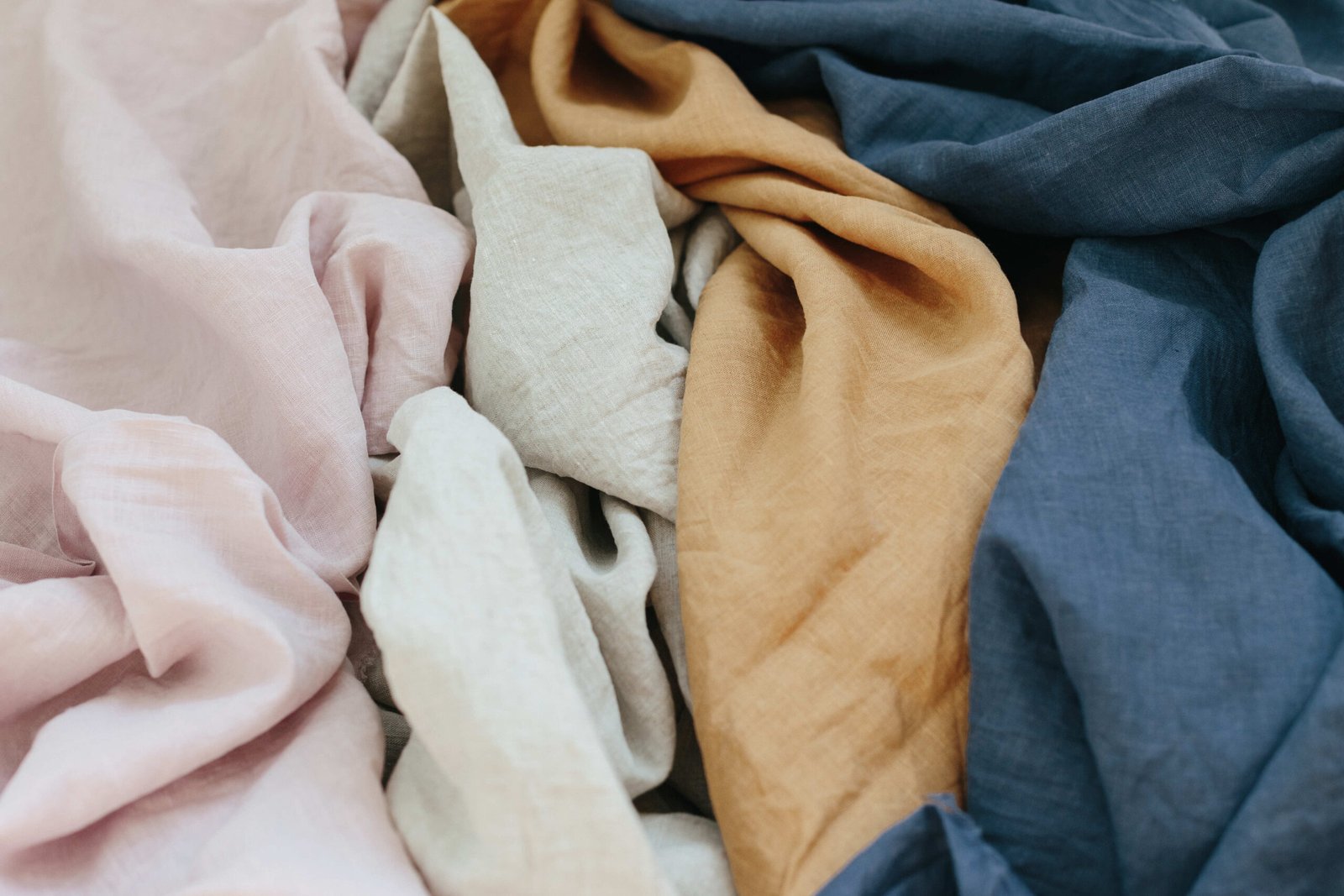How to Care for Organic Hemp Clothing for Long-Lasting Wear
Organic hemp clothing has emerged as one of the most sustainable and durable fashion choices in India. As consumers become more conscious about eco-friendly living, organic hemp clothing is gaining popularity due to its low environmental impact, breathability, and long lifespan. However, to truly enjoy the benefits of hemp fabric, proper care is essential to maintain its texture, strength, and natural beauty over time. At Echo Earth, we believe sustainability does not end at buying eco-friendly products—it extends to how you care for them. Whether you own everyday wear or premium pieces from leading hemp clothing brands in India, understanding the right washing, drying, and storage techniques can significantly extend the life of your garments while preserving their organic qualities. Understanding the Nature of Organic Hemp Fabric Hemp fabric is naturally strong, breathable, and resistant to wear and tear, making it ideal for daily and long-term use. Unlike synthetic materials, organic hemp clothing is made without harmful chemicals, which means it requires gentler care to maintain its integrity. Over time, hemp fabric actually becomes softer while retaining its durability. One of the reasons best organic hemp clothing lasts longer is its natural fiber structure, which is stronger than cotton. However, improper washing methods or harsh detergents can weaken these fibers. Brands like Echo Earth focus on premium-quality hemp, but mindful care by users ensures the clothing remains comfortable and stylish for years. Washing Organic Hemp Clothing the Right Way Washing plays a crucial role in maintaining the quality of brand organic hemp clothing brands in India. Hemp garments should always be washed gently to prevent fiber damage and color fading. Cold or lukewarm water is recommended to preserve the fabric’s natural texture and strength. To ensure long-lasting wear, follow these washing practices: Use mild, eco-friendly detergents Wash in cold or lukewarm water Choose gentle or hand-wash cycles Avoid bleach and harsh chemicals These steps help retain the natural softness and color of organic hemp clothing, keeping it fresh and wearable for a longer period. Drying Techniques to Preserve Hemp Fabric Drying hemp clothing incorrectly can cause shrinkage or stiffness, especially when exposed to high heat. Air drying is the safest and most recommended method for hemp clothing brands in India that focus on sustainability and fabric longevity. Lay garments flat or hang them in a shaded area with good airflow. Avoid direct sunlight for prolonged periods, as UV rays can fade natural dyes used in best organic hemp clothing. At Echo Earth, we recommend natural drying methods to maintain the authenticity and eco-friendly nature of hemp apparel. Ironing and Steaming Organic Hemp Clothing Hemp fabric tends to wrinkle naturally, which adds to its organic and relaxed aesthetic. However, if you prefer a crisp look, ironing should be done carefully. Use a medium heat setting and iron the garment while it’s slightly damp for best results. Steaming is an excellent alternative, as it smoothens wrinkles without damaging fibers. Most brand organic hemp clothing brands in India recommend steaming to maintain fabric strength. Proper ironing and steaming enhance the appearance of hemp garments while keeping them structurally sound. Storing Hemp Clothing for Long-Term Use Correct storage ensures that organic hemp clothing remains in excellent condition when not in use. Hemp garments should be stored in cool, dry spaces to prevent moisture buildup, which can lead to mildew or odors. Use breathable cotton garment bags instead of plastic covers, allowing airflow while protecting the fabric. Folding heavier hemp clothing instead of hanging helps avoid stretching. These storage practices are followed by responsible hemp clothing brands in India, including Echo Earth, to preserve fabric quality. Avoiding Common Mistakes While Caring for Hemp Clothing Many people unknowingly reduce the lifespan of hemp garments by making common care mistakes. Overwashing, using strong detergents, and excessive machine drying can weaken hemp fibers over time. Avoid the following mistakes: Using bleach or chemical softeners Washing after every wear unnecessarily Drying on high heat Storing in damp or sealed spaces By avoiding these errors, you can enjoy the durability and comfort of best organic hemp clothing without compromising its natural benefits. Why Proper Care Enhances Sustainability Sustainability is not only about choosing eco-friendly products but also about extending their lifespan. When you care properly for organic hemp clothing, you reduce waste, lower your carbon footprint, and contribute to a more sustainable fashion cycle. Brands like Echo Earth design garments with longevity in mind, but responsible consumer care plays an equally important role. Supporting brand organic hemp clothing brands in India and maintaining their products thoughtfully helps promote ethical fashion practices. How Echo Earth Supports Sustainable Hemp Fashion At Echo Earth, our mission is to make sustainable fashion accessible, stylish, and long-lasting. Our collections are crafted using premium organic hemp, ensuring comfort, durability, and minimal environmental impact. As one of the emerging hemp clothing brands in India, Echo Earth not only offers best organic hemp clothing but also educates customers on proper garment care. This approach ensures that every piece remains a valuable part of your wardrobe for years. Conclusion: Make Your Hemp Clothing Last Longer Caring for organic hemp clothing is simple yet essential for maintaining its beauty and durability. With gentle washing, proper drying, mindful storage, and minimal chemical use, hemp garments can last significantly longer than conventional fabrics. By choosing Echo Earth and following the right care practices, you support sustainable fashion while enjoying premium-quality apparel. Investing in organic hemp clothing from trusted brand organic hemp clothing brands in India ensures style, comfort, and environmental responsibility—today and in the future.


